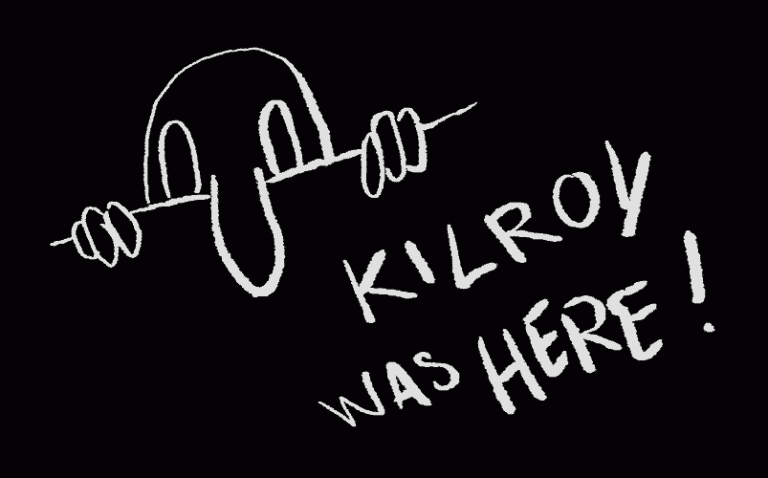3 Things You Didn't Know About Memes
Memes are everywhere, but what are they really? And where did they come from?


What does Kermit the Frog drinking tea, a Turkish chef sprinkling salt, a cartoon dog in a burning room, and Grumpy Cat all have in common? If you've had Wi-Fi at any point in the last ten years, you're already familiar with them as iconic memes.
Memes flood the internet, covering just about every topic from politics to TV shows. We consume and share them daily - but there's more to the meme than meets the eye.
1
Memes are older than you think
Memes have been around a lot longer than the internet. In fact, they've evolved alongside humans for a millennia. Some historians believe that even cavemen had their own prehistoric memes, as suggested by the repetitive depictions of male genitalia that appear on cave walls dating as far back as 10,000 BC.
Another prime example is "Kilroy Was Here," the pre-internet WWII meme that took Europe by storm in the 1940s. The words appeared on buildings and walls across the continent, most often accompanied by a crude drawing of a bald cartoon man with a large, phallic nose.
As the war progressed, the popular graffitied image greeted GIs everywhere from Berlin to North Africa. What surely started as a silly joke with a small in-crowd quickly became a viral phenomenon.
Not unlike modern memes, Kilroy also became a way for traveling GIs to share a little dose of humor with one another despite the dire circumstances.
2
The word 'meme' was coined by a biologist
The word 'meme' first appeared in evolutionary biologist Richard Dawkins' 1976 bestseller The Selfish Gene. The book has nothing to do with humor or social media - it actually predates the web by almost a full decade.
In one of the last chapters, Dawkins defines a 'meme' as, "any unit of cultural information that passes from one person to the next." In other words, anything copied, imitated, and spread like a virus.
Of course, Dawkins didn't have Grumpy Cat's iconic mug or SpongeBob screenshots in mind when he coined the term. Instead, he was thinking of cultural tidbits like catchphrases, schoolyard games, and common whistled tunes.
Meme of recursive irony pic.twitter.com/hlrfkd9yGy
— Elon Musk (@elonmusk) July 2, 2019
3
The lifespan of the modern meme is 4.017 months
In a 2018 study of meme lifespans, results found that meme cycles are quickly shortening. While the "Kilroy Was Here" meme remained popular for all of the 1940s, today's memes can reach a viral status overnight and dissipate into obsoletion by the end of the week.
According to the study's data, the average lifespan of a meme in 2008 was 23.6 months - just under two full years. Only a year later in 2009, that average plummeted to just over 9 months. By 2018, the average had dropped to 4.36 months.
Now it's even less. The modern meme lasts only 4.017 months before becoming outdated and unused, with some especially fleeting memes dying in under a week.
As meme life cycles continue to accelerate, we're forced to imagine a world where a meme could come to life, go viral, and die in mere hours. Take a nap or go on a walk and you will have already missed the whole joke.
More OMG

What's inside Area 51?
A short promenade with the aliens on Earth.

How to Delete Myself from the Internet
Some things need to be forgotten.

What's Behind Our Fascination with Abandoned Spaces?
Decaying buildings have a certain appeal.

10 Crazy Space Ideas Which Almost Came True
The world would have been a different place if these had come true.

You've never seen another Maverick quote like this one (200MPH)
Old school cars are still real beasts.
